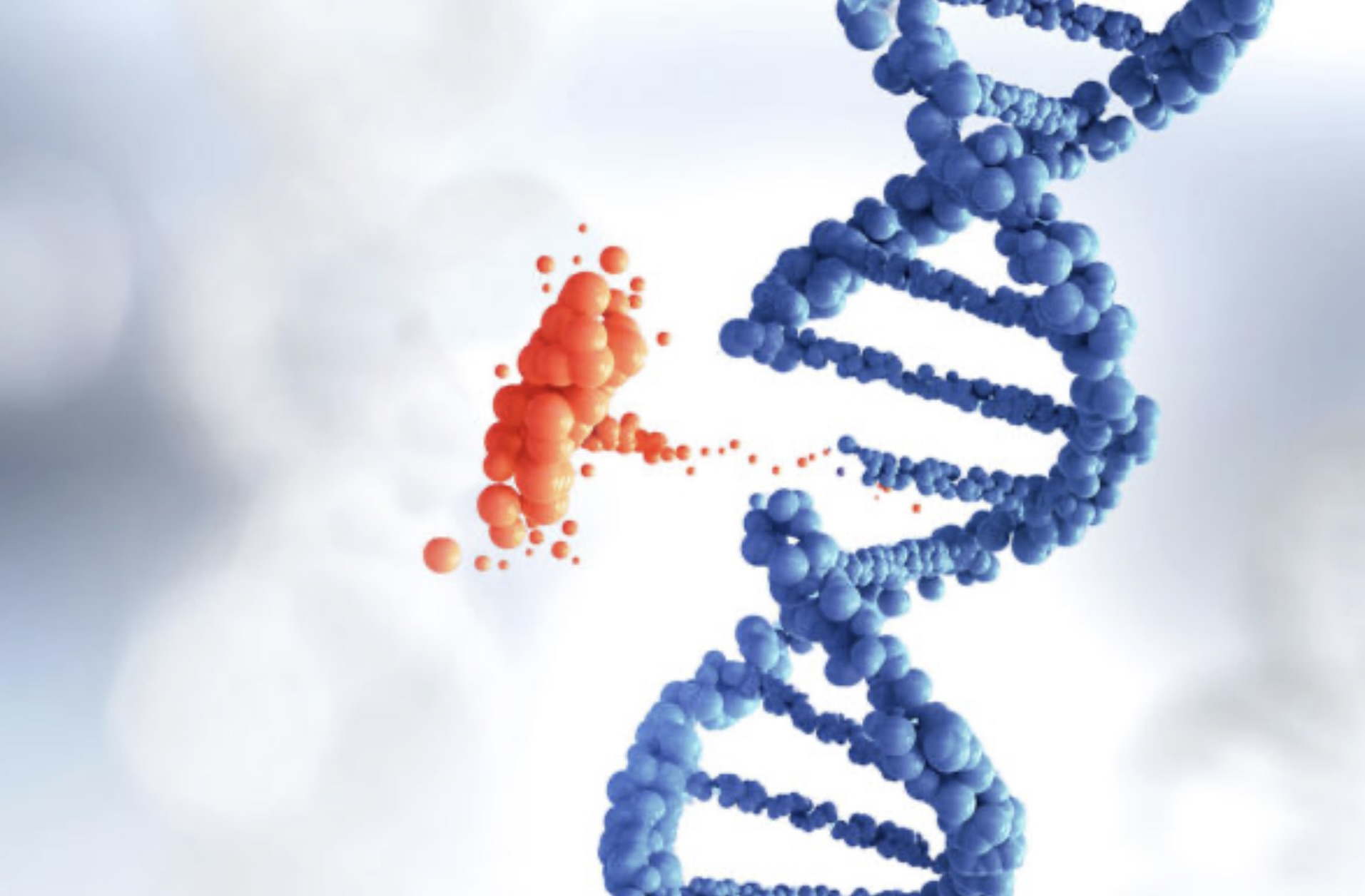Down Syndrome: Symptoms, Causes & Treatment
What are the symptoms of Down syndrome?
Down syndrome is a genetic condition that causes developmental and intellectual delays, as well as distinctive physical features. Some common symptoms and characteristics of Down syndrome include:
- Physical features: Individuals with Down syndrome often have a flat facial profile, small head, upward slanting eyes, small ears, and a protruding tongue. They may also have a single crease across the palm of the hand (known as a palmar crease).
- Developmental delays: Children with Down syndrome may reach developmental milestones, such as sitting up, crawling, and walking, later than other children. They may also have delays in speech and language development.
- Intellectual disability: Most people with Down syndrome have mild to moderate intellectual disability. However, the level of disability can vary widely from person to person.
- Poor muscle tone: Hypotonia, or poor muscle tone, is common in individuals with Down syndrome. This can affect their ability to sit, stand, and walk properly.
- Health issues: People with Down syndrome are at an increased risk of certain health conditions, including congenital heart defects, hearing loss, vision problems, thyroid disorders, and respiratory issues.
- Behavioral characteristics: Individuals with Down syndrome may exhibit certain behavioral traits, such as being affectionate, friendly, and sociable. They may also have difficulty with impulse control and may exhibit repetitive behaviors.
It’s important to note that not all individuals with Down syndrome will have all of these symptoms, and the severity of symptoms can vary widely. Early intervention, including therapy and educational programs, can help individuals with Down syndrome reach their full potential and lead fulfilling lives.
What are the causes of Down syndrome?
Down syndrome is caused by the presence of an extra copy of chromosome 21 (trisomy 21), either in full or in part. This additional genetic material disrupts the normal course of development, leading to the characteristic features of Down syndrome.
There are three main types of Down syndrome, each with a different cause:
- Trisomy 21: This is the most common form of Down syndrome, accounting for about 95% of cases. It occurs when there is an extra copy of chromosome 21 in all of the body’s cells. Trisomy 21 is typically not inherited and is caused by a random error in cell division during the formation of the sperm or egg.
- Translocation Down syndrome: In this type, a part of chromosome 21 breaks off and attaches to another chromosome, usually chromosome 14. While the total number of chromosomes is normal, there is extra chromosome 21 genetic material attached to another chromosome. Translocation Down syndrome can be inherited if one of the parents carries a translocated chromosome 21.
- Mosaic Down syndrome: This is the rarest form of Down syndrome, accounting for about 1-2% of cases. In mosaic Down syndrome, some cells have the usual two copies of chromosome 21, while other cells have three copies. Mosaic Down syndrome is also caused by a random error in cell division, but it occurs after fertilization. The severity of symptoms in mosaic Down syndrome can vary widely, depending on the proportion of cells with the extra chromosome.
Overall, the risk of having a child with Down syndrome increases with maternal age, particularly for women over the age of 35. However, most babies with Down syndrome are born to women under the age of 35, simply because younger women are more likely to have children.
What is the treatment for Down syndrome?
Down syndrome itself is not a condition that can be treated or cured, as it is caused by a genetic anomaly. However, individuals with Down syndrome can benefit from early intervention programs, specialized education, therapy, and medical care to help manage the associated symptoms and improve their quality of life. Here are some key components of treatment and management for individuals with Down syndrome:
- Early intervention: Early intervention programs can help infants and young children with Down syndrome develop key skills and reach developmental milestones. These programs often include physical therapy, speech therapy, and occupational therapy.
- Specialized education: Children with Down syndrome may benefit from special education programs tailored to their individual needs. These programs focus on developing academic, social, and life skills.
- Healthcare management: Individuals with Down syndrome may require ongoing medical care to manage health conditions commonly associated with the syndrome, such as congenital heart defects, thyroid disorders, and vision and hearing problems.
- Speech and language therapy: Many individuals with Down syndrome experience delays in speech and language development. Speech therapy can help improve communication skills.
- Physical therapy: Physical therapy can help improve muscle tone, strength, and coordination in individuals with Down syndrome.
- Occupational therapy: Occupational therapy can help individuals with Down syndrome develop skills for daily living, such as dressing, feeding, and fine motor skills.
- Support services: Support services, such as counseling and support groups, can be valuable for individuals with Down syndrome and their families, providing emotional support and guidance.
It’s important for individuals with Down syndrome to have regular medical check-ups and screenings to monitor their health and address any concerns that may arise. Overall, a comprehensive approach by their healthcare providers that addresses the physical, developmental, and emotional needs of individuals with Down syndrome can help them lead fulfilling lives.




